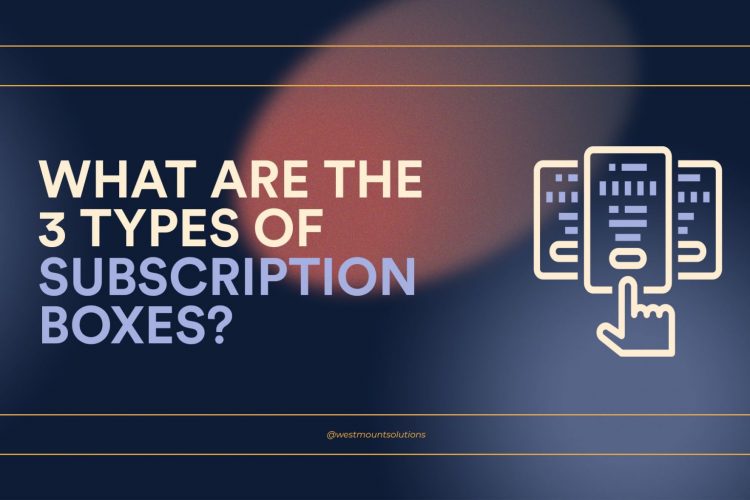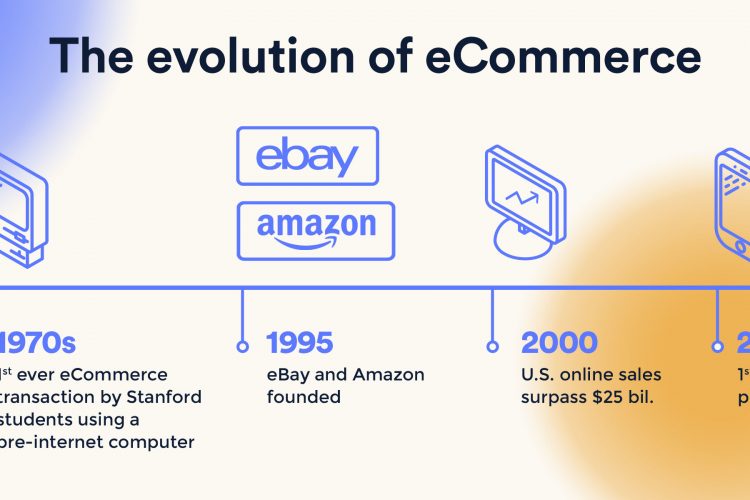
Coined by Connie Chan, of the venture capital firm Andreesen Horowitz, Shopatainment is a combination of entertainment, commerce and content. Much like the shopping channels you (or your parents!) used to watch on TV, shopatainment includes similar elements – a host or influencer who is personable and adds a human element to the experience while they demonstrate and promote products that you can buy in real-time.
Video is more appealing to users because you can see products in real-life situations, from different angles and see how they flow and move. Live stream shopping is one step above that, adding to the growing trend of social commerce. In 2020, Instagram released Instagram Shopping. This feature was released to U.S. users in 2020 and we expect it to eventually roll out to the rest of the world. It allows users to watch a video then check out with a few taps without leaving the platform.
This format also allows creators to monetize on their content within the same platform rather than navigating the user to another platform or landing page.
The Human Appeal of Live Shopping in eCommerce
We all know that our brain gets a little hit of dopamine when we make an online purchase. A second hit is delivered when our purchase arrives and we unwrap it. Yet another and final dopamine hit is delivered when you use or consume the product for the first time. The whole experience can be demonstrated by the simple purchase of a dress:
-
- You buy the dress online. Dopamine hit number one.
- The dress arrives. You open the box and try it on. Dopamine hit number two.
- You wear the dress outside for the first time. Here comes dopamine hit number three.
Live shopping adds another element to those dopamine hits – the human touch. Unlike pre-recorded videos, shoppable livestream videos require hosts to maintain a certain energy and are less forgiving. If a mistake is made, a word is misspoken, the host/influencer can’t just do another take. They have to roll with it, which makes them appear more relatable, and thus, more appealing to consumers. That connection with the shopper gives live shopping an advantage over traditional online video commerce.
Another element is being able to see other users commenting and purchasing in real-time. Online shoppers rely heavily on reviews before buying a product and seeing others purchasing a product is a psychological trigger of approval. Reviews and social media have put consumers in the driving seat, giving them a voice and power to reject or love products. Live shopping shows consumers exactly who is buying what, and when.
The Future of Online Shopping
Livestream shopping is immensely popular in Asia, where there is a thriving video shopping market and livestream commerce has similar production values as a movie or commercial!
According to Chan, “In Asia, top influencers tap third-party companies who supply everything from lighting and makeup to merchandise and script development, supply chain management, and shipping fulfillment.”
The west is catching up, and several live shopping platforms have emerged, while Youtube, Amazon and Instagram also began offering this feature on their platforms. This new medium has been propelled by the pandemic, as retailers are constantly looking for new ways to connect with shoppers.
As retailers rely on video more and more, the old becomes new again. The outdated format of shopping channels has been re-imagined in a new way and livestream shopping is its reincarnation. As video commerce evolves, we are sure to discover new and innovative ways of presenting content and products to shoppers.
Author
Tatiana Dudin
Tatiana is passionate writer with over 10 years of experience writing for the tech industry.


